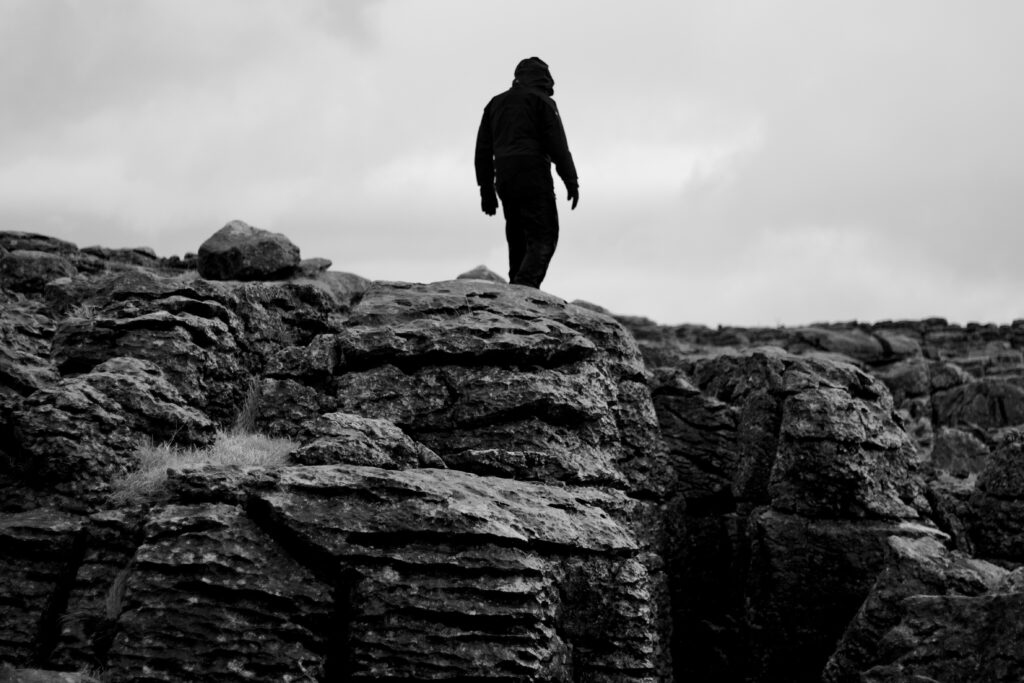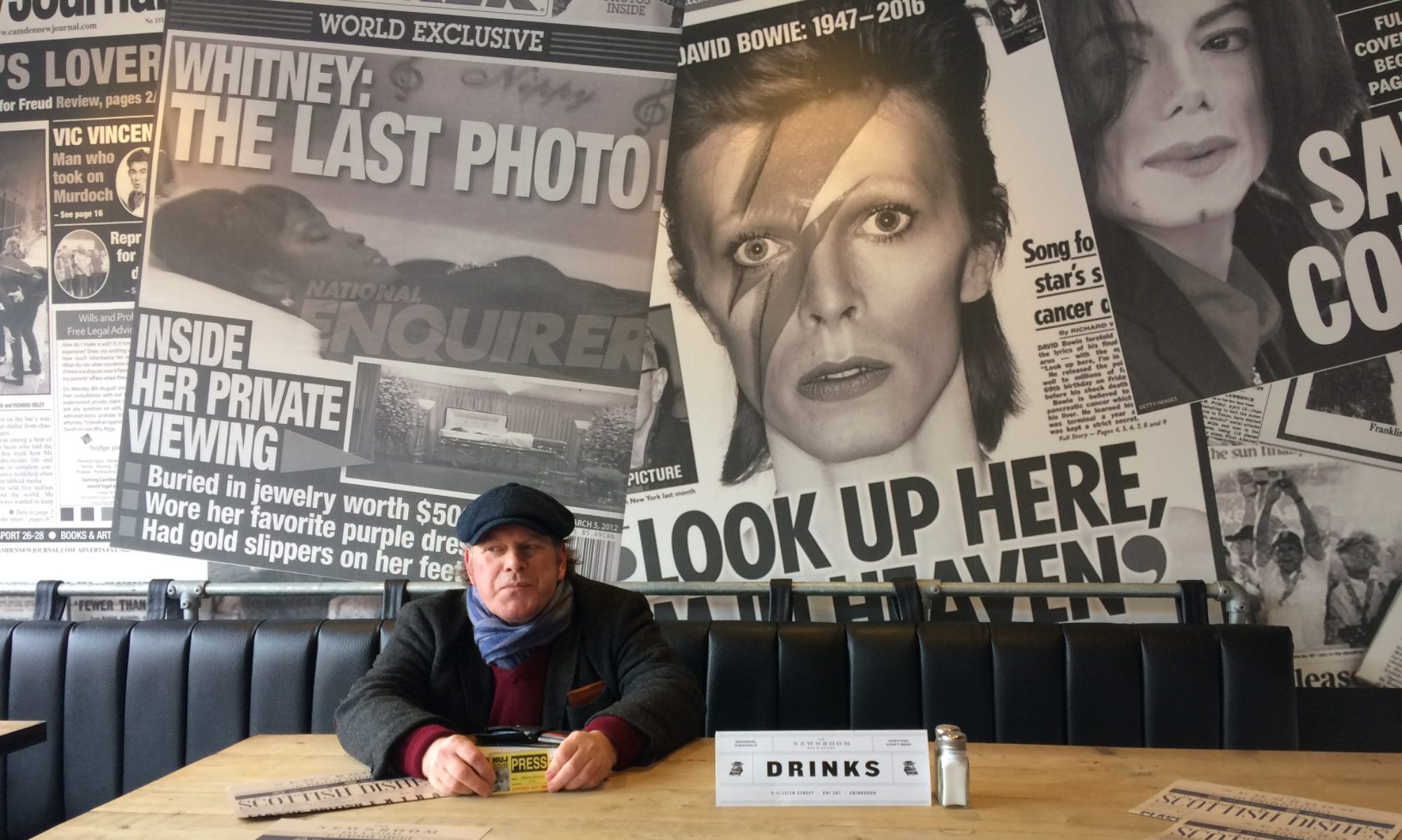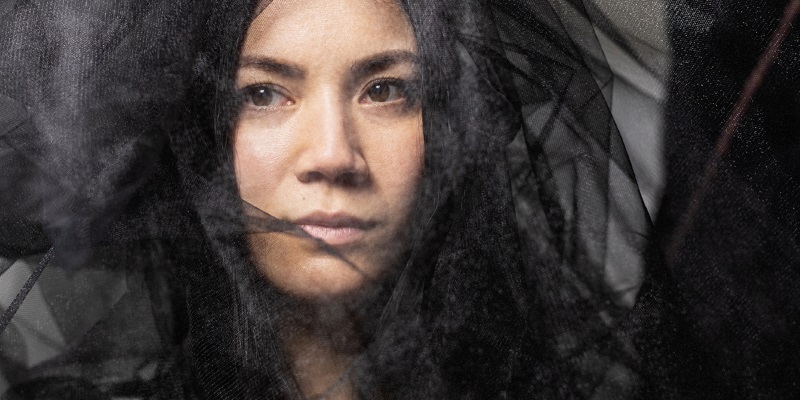
Craven Faults: “Navigated rural map using loops, symmetries, images bleeding in to each other to create this inspired journey”
I MUST start off with a confession: I’ve never heard of Craven Faults. Well, actually that’s not true. I know the Craven Faults System in the Yorkshire Dales, having done a lot of hiking around Malham etc, and this, basically, is what we saw on screen.
Starting out with a pastoral loop of sheep safely grazing, we were transported over a monochrome, bleak and overcast landscape (as it often is in this part of the Yorkshire Dales). The way Craven Faults navigated this rural map using loops, symmetries, images bleeding in to each other to create this inspired journey was – for me – simply unique.
In front of the screen was an impressive modular synthesiser with a million leads and sockets (patch cables); the artist’s electronic orchestra. I assume the artist was the enigmatic Craven Faults himself. Not sure why, but he reminded me of Jeremy Corbyn (no insult intended), and his gentle, calm modus operandi never drew any attention to himself. Even his response to the spontaneous audience appreciation only drew an unassuming waft of the hand.
The ambient score(s) drew inspiration from Krautrock; Tangerine Dream and particularly Kraftwerk. The visual as well as musical parallels with their 1974 hit Autobahn – Wir fahr’n, fahr’n, fahr’n auf der Autobahn – are striking. But there were the obvious echoes of minimalism – cellular repetition, ostinati, electronic looping and, possibly, Harrison Birtwistle.
Although not from God’s own country, this great Lancastrian composer used musical layers when composing. He talked about an analogy with the construction of the stone walls that feature so powerfully in these rural landscapes.
To be sure, the patchwork of musical layers in this score is not hewn out of the rock face, but those layers are there nonetheless: invariably rooted in square four-beat phrases, the musical base upon which the repeating motives are superimposed. And then the magic happened.
Without any warning, the artist at work became part of the film, and in real time. Like bubbles released into the air, these real-life images floated into being and disappeared. We had the introduction of vintage colour images. It was genuinely transcendental. OK, spookily other-worldly then.
If the performance had ended here, I would have described the composition as a work of genius, but it didn’t. Instead we had a kind of psychedelic kosmische imagery signing-off that put me in mind of Stanley Kubrick’s finale of 2001 A Space Odyssey.
It was either a transformation too far or, at 10.50pm, past my bedtime. Nevertheless, Craven Faults is a truly remarkable artist with something distinct and significant to say.
Review by Steve Crowther

